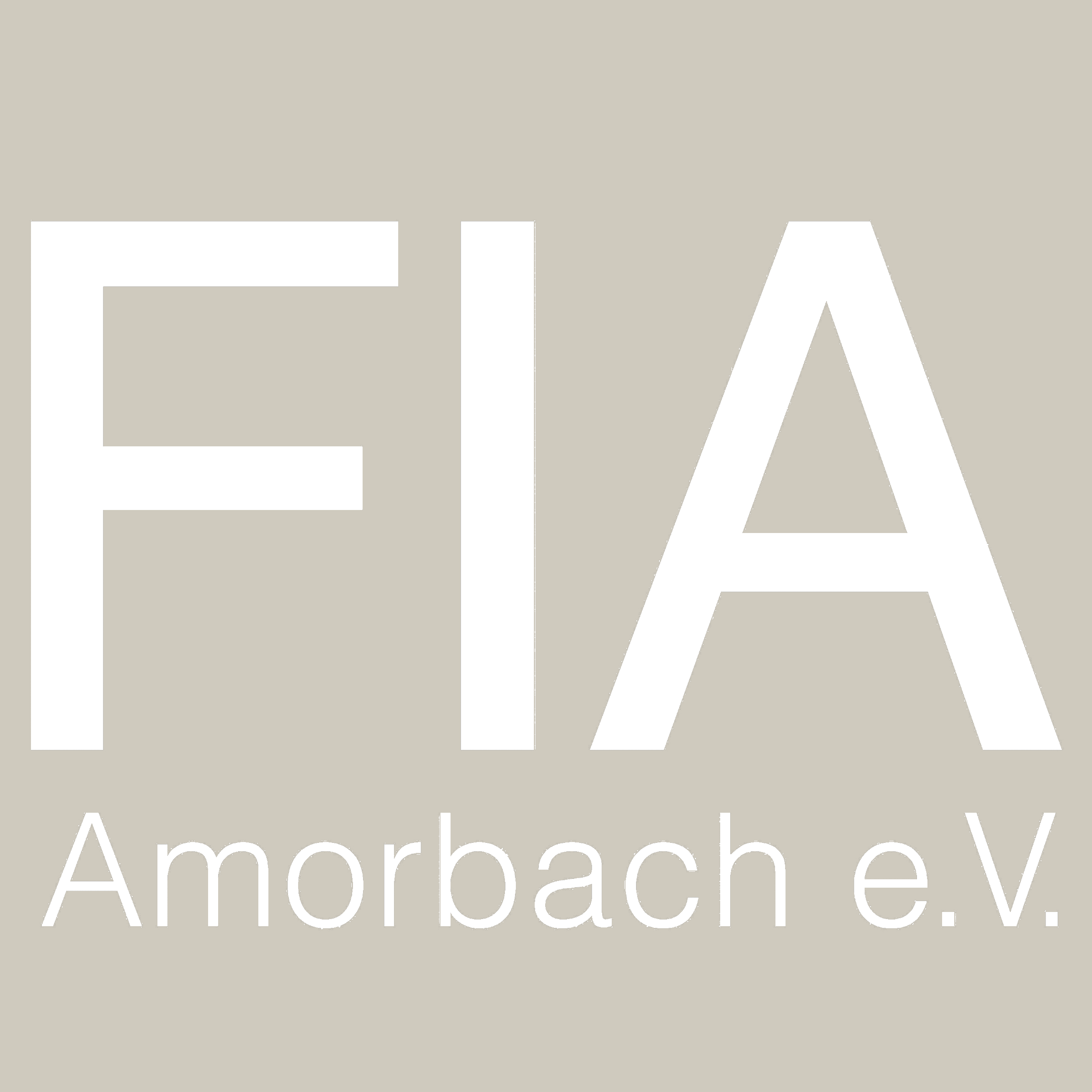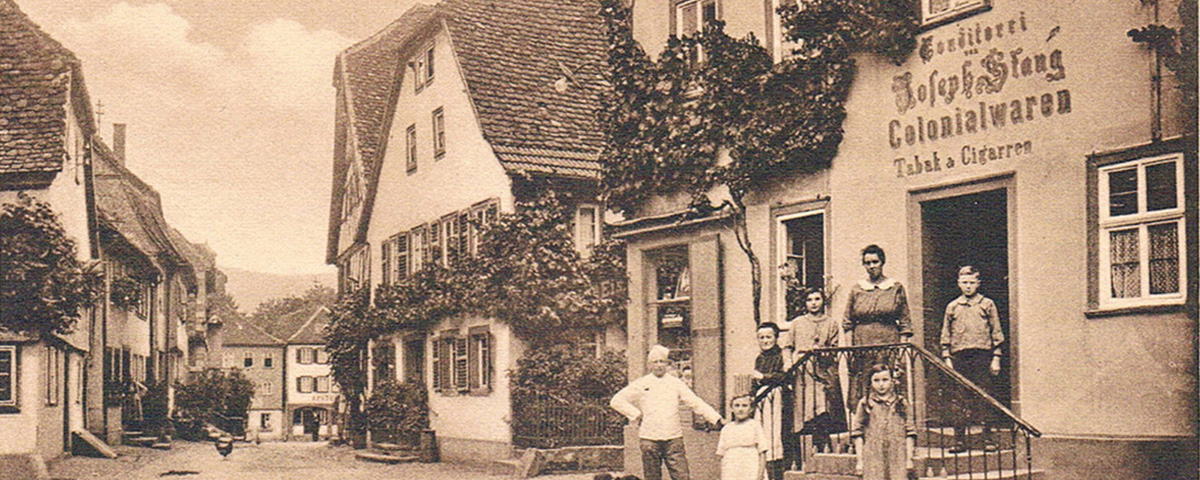Text: Friedrich A. Uehlein 2020-2021
[Th.W. Adorno, AMORBACH, in: Ohne Leitbild – Parva Aesthetica –
p. 20]
When looking from the south across the lake in the Seegarten, the view ranges from the eastern bank, which, with its thick growth of bushes and trees rises quite fast, and the left bank with its path close to the water, in north-easterly direction toward the Schlossplatz and the Covent Building. The terrain, a meadow, slopes uphill; the bordering trees grow nearer to one another and from the point of view behind the lake, the Schlossplatz is invisible and of the Convent Building one can see only a “small, immediately apprehensible segment”. The child Teddie Adorno finds out what the Convent Building allows to be seen in this vision: “I experienced for the first time what architecture was.” The man in his sixties, who writes the essay AMORBACH, finds this out again and reflects upon his childhood and recurring experience: “Until this day I do not know whether this impression is simply based on the fact that in front of the Convent Building the essence of style dawned on me […]”. A few pages later, Adorno explains what, from his experience in the United States, he means by style. “When you come to America, all places look alike. The standardization, a product of technology and monopolies, is fearsome.” [Th.W. Adorno, AMORBACH, p. 23] Style, on the other hand, appears as qualitative difference, as the incomparable, the non-exchangeable of the singular, “even if afterward it turns out not to have been unique”.
The Convent Building is “of low structure, exceptionally long, with green shutters, clinging to the Abbey church. Except for the entrance portals it lacks any form of energetic articulation”. In contrast to the typical structure of baroque and classical buildings such as shown, for example, in Ignaz Neumann´s New Convent Building (1785), on the eastern side of the cloisters, the indefiniteness of the Old Convent Building (1690) appears to belong to its style. It doesn’t standardize, but still doesn’t hinder the child and the man from making the experience of architecture. The reflection on this early and recurring experience leads, significantly, to no definition of what architecture might be, but leads up to the open question: “Until this day I do not know whether this impression is simply based on the fact that in front of the Convent Building the essence of style dawned on me, or whether in its measurements, shunning any éclat, something expresses itself the buildings afterwards lost.”
It is distinctive of the essay AMORBACH that childhood experiences are not only remembered – attractive anecdotal details -, but that their insight is valid, is gaining importance through reflection, way beyond the child᾿s horizon, and are finally (“until today” and “always still”) moving the thoughts and questions of the author. “The vista (…) gives sight of a small, immediately apprehensible part of the Convent Building. At the part the beauty revives again and again, confronted with the whole I ask for its reason in vain.” Unexpectedly, the view of the Convent Building ends philosophically. But the conceptual moments — part and whole and their tension, the beauty of the individual part, unquestionable since it renews itself, and the uncertain one of the whole — are not being worked out dialectically. They occur within the context of experience, insight, reflection and query, they run from the Covent Building and out of the Seegarten park towards Adorno´s AESTHETIC THEORY (1969).
Text: Friedrich A. Uehlein, 2020-2021
Translation: Annette Allwardt





















